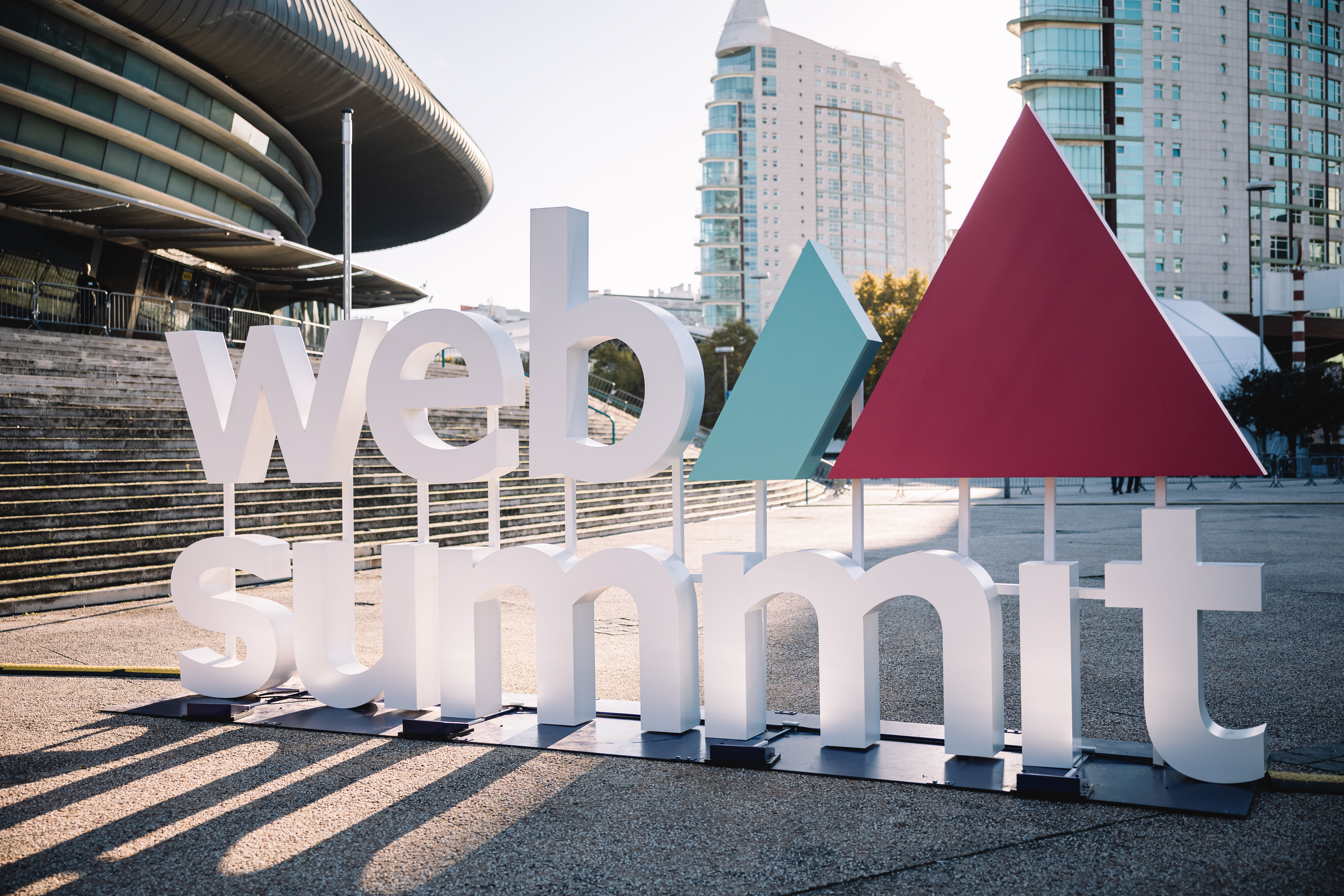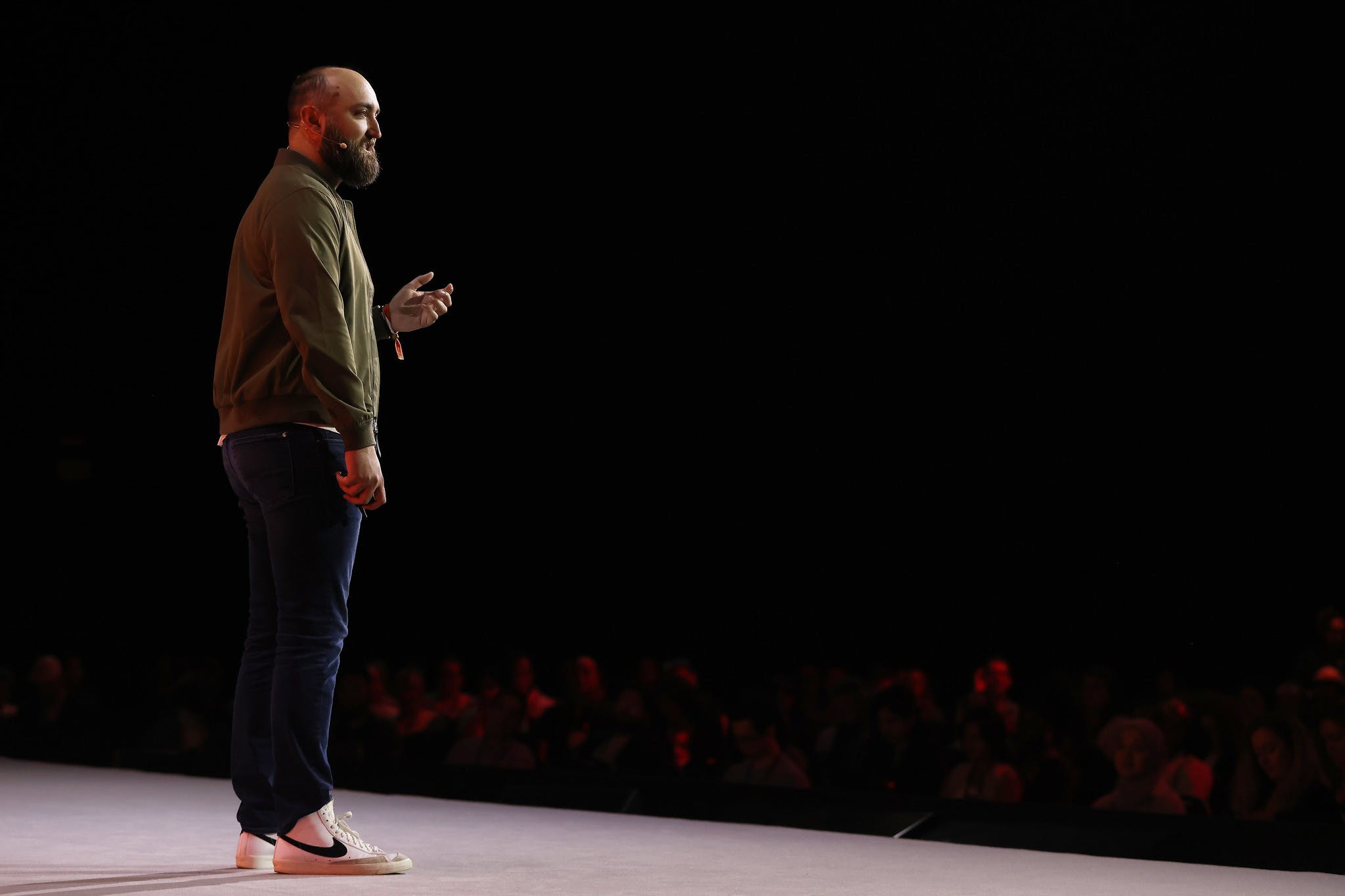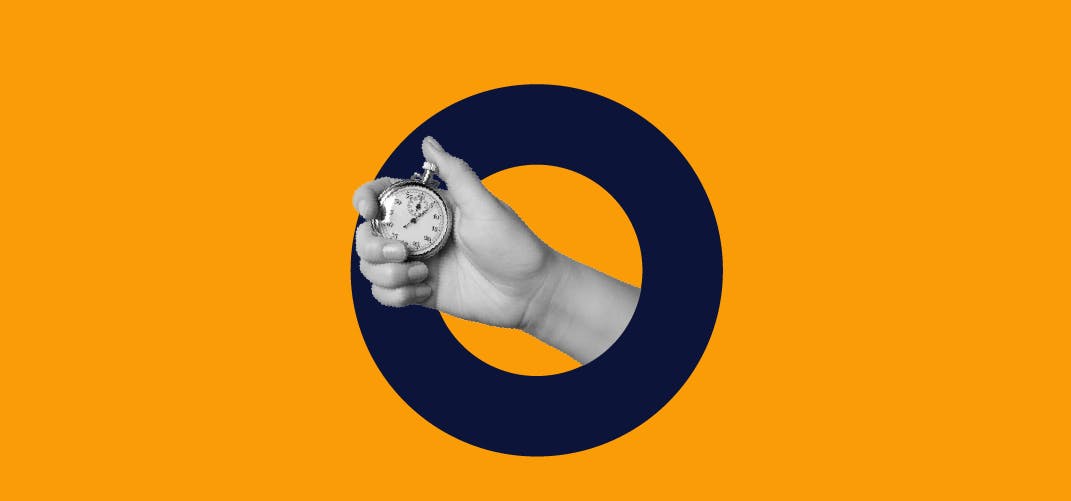
Your guide to marketing at Web Summit 2024
Check out our step-by-step guide to all things marketing at Web Summit this November. Hoping to ge...

Community is not a group of people brought together by a shared, fleeting enthusiasm for a product or service, but rather people united by mutual interest and habitual activity.
Tom Verrilli, chief product officer at Twitch, believes that social media today is a far cry from what it once was. This is in large part due to collaborative filtering – an underlying assumption of many social media algorithms, hinging on the idea that “if you and I both like one thing, what’s the likelihood that I like something else that you like?” according to Tom.
This, said Tom, is the fundamental problem with how social media operates now: “Instagram, TikTok and Facebook are not social media. They are almost by definition tribal media – things that ‘people like you’ like.”
Tom believes that this is key to understanding social polarization and isolation. “If you feel like society is more polarized than it used to feel, it’s because all you hear are things made by people like you. You are being mathematically propensitied into a group of people who think the same and like the same things. And that actually isn’t what your social life is like.”
To build a true online community and – by extension – genuinely “social” media, three things are necessary:
Unlike AI-generated content and AI-influenced online communities, according to Tom, this version of social media is human-led and human-focused – something that makes producing an emotional response in audiences far more likely.
“One version of the future is that these algorithmically powered tribal networks are full of content – not even created by a person, but an algorithmically created content distributed by an algorithm for very lonely and isolated consumption,” said Tom.
“Low-cost AI can be a threat to the online communities in which it is integrated,” Tom continued. “If I can distribute with no cost, it also means that I can be a troll at no cost, and in volume. And it means the cost of being a creator is going to go up in terms of the amount of abuse I have to put up with.”
“When you create an investment in community, you create a degree of safety that no algorithm can, and no AI policing of those algorithms can either. And people will value it,” added Tom.
Main image of Tom Verilli, speaking on the Panda Conf stage at Collision 2023: Carlos Osorio/Web Summit (CC BY 2.0)

Check out our step-by-step guide to all things marketing at Web Summit this November. Hoping to ge...

Creative thinking alone doesn’t guarantee success according to A...